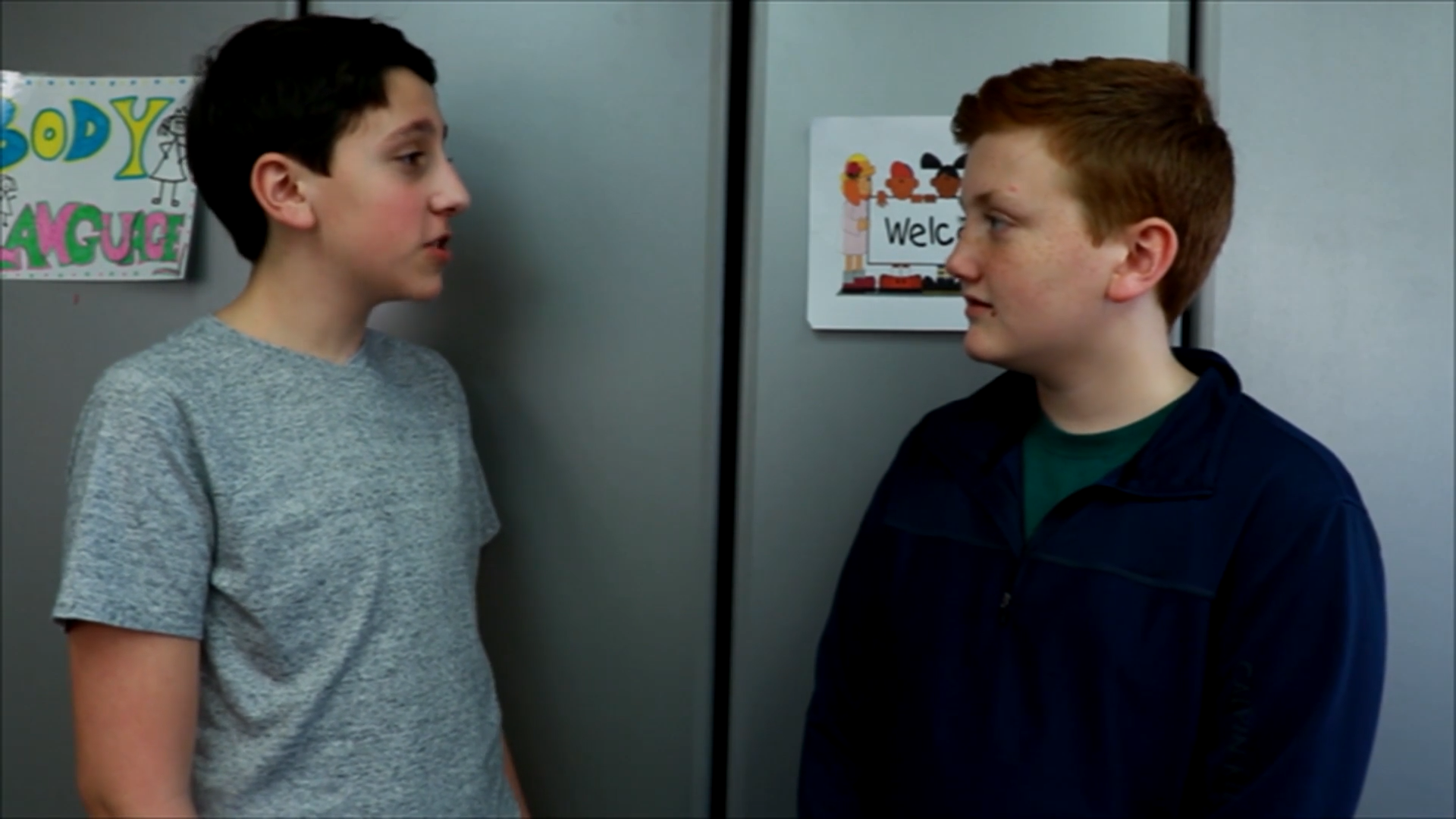
Introduction
Conversational turn-taking is an essential skill that helps students develop effective communication and strong social connections. By understanding the importance of taking turns in a conversation, students can better engage in meaningful dialogues and foster positive relationships with their peers. This blog post will explore a no-prep activity to teach conversational turn-taking, offer discussion questions to inspire further exploration, and suggest related skills to enhance students’ overall communication abilities.
No-Prep Activity: The Conversation Ball
One effective and simple activity to teach conversational turn-taking is the Conversation Ball. This activity requires no preparation or materials from the educator. To start, gather students in a circle and explain the concept of taking turns in a conversation. Then, ask them to pretend they are holding an invisible ball. The person holding the ball will start a conversation by sharing something about themselves or asking a question. After speaking, they will “pass” the ball to another student, who will then respond to the statement or question and add their own input.
For example, a student might say, “I love playing basketball,” and then pass the ball to a classmate, who will respond, “That’s cool! I enjoy playing soccer.” The activity continues with students taking turns, passing the ball, and engaging in conversation until everyone has had a chance to participate. This activity helps students practice turn-taking and develop active listening skills, which are crucial components of effective communication.
Discussion Questions
- Why is taking turns in a conversation important for building strong relationships?
- How can practicing active listening improve our conversational turn-taking skills?
- What are some strategies for ensuring that everyone has an opportunity to participate in a conversation?
- How does effective turn-taking in conversation contribute to a positive classroom environment?
- Can you think of a time when you struggled with turn-taking in a conversation? How did it affect your interaction with others?
Related Skills
Teaching conversational turn-taking is just one aspect of helping students develop strong communication abilities. Other related skills that can benefit students include:
- Active Listening: Focusing on the speaker and providing feedback to show understanding.
- Nonverbal Communication: Using gestures, facial expressions, and body language to convey meaning and emotions.
- Empathy: Understanding and sharing the feelings of others to create positive connections.
- Conflict Resolution: Addressing disagreements and finding solutions that benefit all parties involved.
Next Steps
Now that you have learned about conversational turn-taking and its importance in fostering healthy social interactions among students, take the next step to enhance your teaching toolkit. Sign up for free samples of the discussed skill and explore other valuable resources at Everyday Speech. By incorporating these principles into your classroom, you can help students develop strong communication skills that will benefit them throughout their lives.

